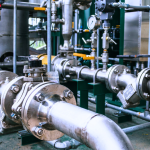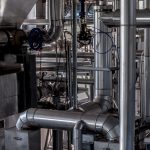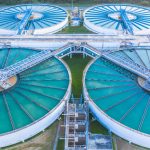The plastics industry has proliferated over the past few decades thanks to its versatility and cost-effectiveness. Various industries use plastics for multiple purposes, such as packaging, automotive parts, electronics, and construction material. However, the industry faces challenges, especially regarding sustainability and environmental concerns. These encounters are where masterbatches come in as a game-changer. This article will discover the benefits of using masterbatches in the plastic industry and how they can contribute to sustainable development.
Introduction
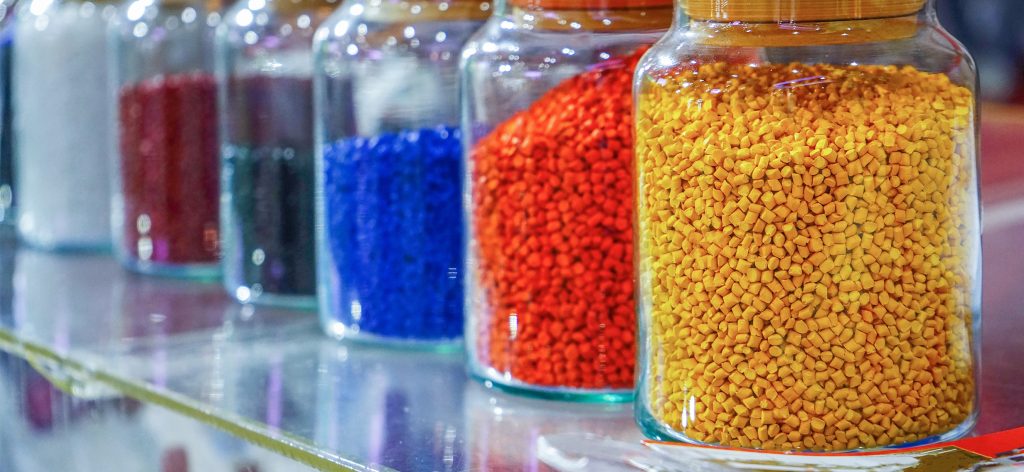
Definition of Masterbatches
Manufacturers refer to color or property-modifying additives for plastics as masterbatches. Manufacturers create a homogeneous mixture by blending concentrated pigments or additives with a carrier resin. The plastics industry commonly employs masterbatches to achieve specific colors, enhance the performance characteristics of plastic products, or reduce costs.
Importance of Masterbatches in the Plastic Industry
Masterbatches play a crucial role in the plastic industry as they offer several benefits, including cost-effectiveness, consistent color and quality, improved performance, and reduced waste. They also provide a range of options for manufacturers to customize their products and meet specific requirements.
Purpose of the Article
This article explores the benefits of using masterbatches in the plastic industry and how they can contribute to sustainable development.
What are Masterbatches?
Composition
Masterbatches typically comprise carrier resin, pigments or additives, and other processing aids. Typically, manufacturers select the carrier resin that matches the base resin utilized in the final product, and they choose pigments or additives based on the desired effect.
Types of Masterbatches
Color Masterbatches
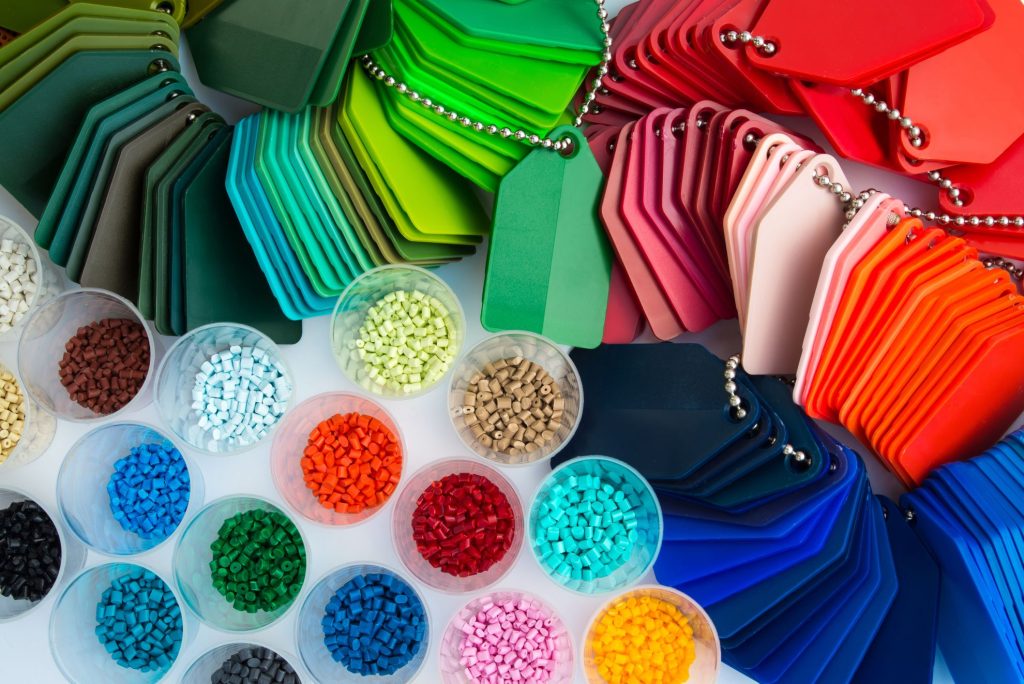
Color masterbatches are used to add color to plastics. They are composed of pigments and carriers and are available in various colors. Color masterbatches offer several advantages over other methods of coloring plastics, including consistent color and quality, ease of use, and cost-effectiveness.
Additive Masterbatches
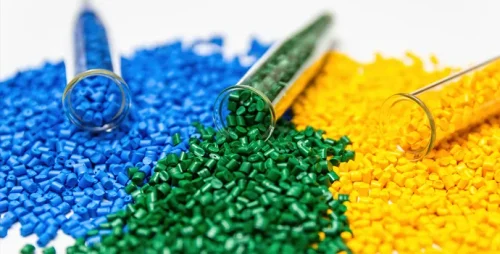
Additive masterbatches are used to modify the properties of plastics. They can improve the UV stability, flame retardancy, antimicrobial properties, and other performance characteristics of plastic products. Additive masterbatches are also available in various options designed to meet specific requirements.
White Masterbatches
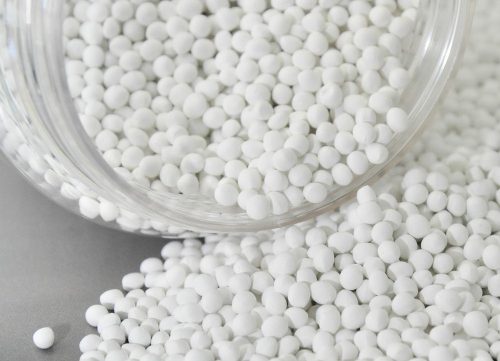
White masterbatch is used to achieve a white color in plastics. They comprise pigments and carriers and are often used to produce packaging materials and consumer goods.
Black Masterbatches
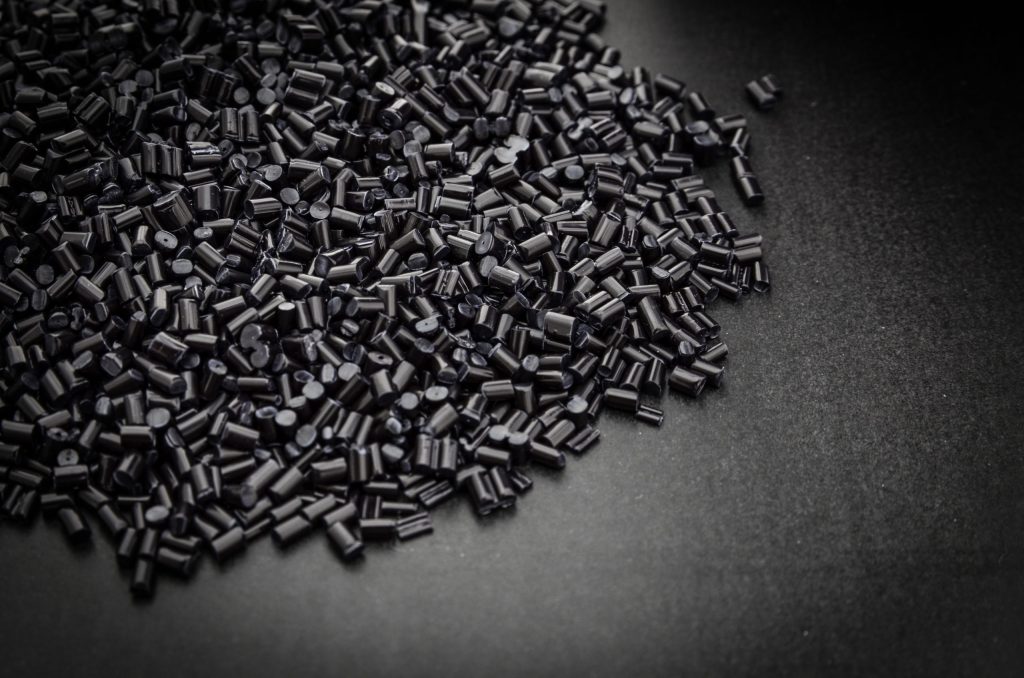
Black masterbatch is used to achieve a black color in plastics. They are also composed of pigments and carriers and are often used in producing automotive parts and electronics.
Filler Masterbatches
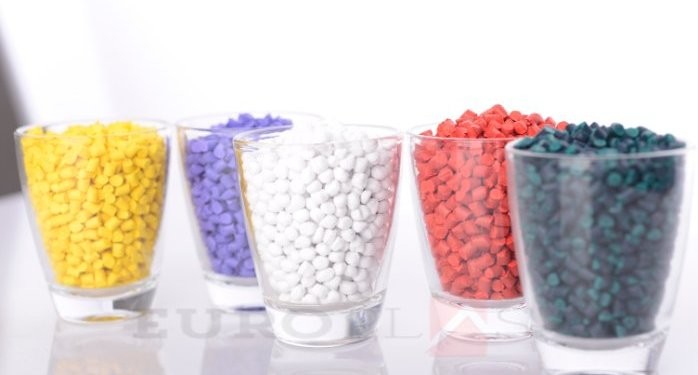
Filler masterbatch reduces plastic products’ costs by adding calcium carbonate or talc fillers. They also improve the mechanical properties of plastic products, such as stiffness and impact resistance.
Why Masterbatches is a Game Changer for the Plastic Industry
Benefits of Using Masterbatches
Cost-effective
Masterbatches are a cost-effective way of coloring or modifying the properties of plastics. They are cheaper than other methods of coloring plastics, such as dry pigments or liquid colors. Using masterbatches also reduces the cost of storage and handling, as they take up less space than other additives.
Increased Production Efficiency
Using premix can increase the production efficiency of plastic products. The homogeneity of the masterbatch ensures consistent color and quality, which reduces the need for manual mixing and testing. Its coherent nature saves time and reduces the risk of errors.
Consistent Color and Quality
Masterbatches offer consistent color and quality, essential in producing plastic products. They ensure the final product meets the desired specifications, including color, texture, and performance characteristics. Consistent color and quality also contribute to brand recognition and customer satisfaction.
Improved Performance Characteristics
The additive premix can improve the performance characteristics of plastic products, such as UV stability, flame retardancy, and antimicrobial properties. This development enhances the durability and functionality of plastic products, making them suitable for a broader range of applications.
Reduced Waste and Carbon Footprint
Using premix reduces waste in the production process. The pre-mixing of the masterbatch with the carrier resin ensures the use of the correct amount of additives, reducing the risk of overusing or underusing additives.
This mixture also reduces the amount of waste generated during the production process.
Furthermore, using masterbatches can reduce the plastics industry’s carbon footprint. As premix is more cost-effective and requires less storage space than other forms of additives, they can reduce transportation costs and greenhouse gas emissions.
Masterbatches and Sustainable Development
Recyclability
Masterbatch can contribute to the recyclability of plastic products. The pre-mixed master batch with the carrier resin enables easy separation from the final product during recycling.
Ensuring that the additives remain intact during recycling makes it easier to produce high-quality recycled plastic products.
Biodegradability
Manufacturers design some premixes to enhance the biodegradability of plastic products. Biodegradable masterbatches contain additives that accelerate biodegradability, allowing plastic products to break down faster in the environment.
This can contribute to reducing the amount of plastic waste in the environment and the negative impact of plastics on the ecosystem.
Eco-friendly Options
Manufacturers can also choose eco-friendly options when using masterbatches. For example, some masterbatch manufacturers use renewable raw materials to produce premix, reducing the environmental impact of the production process.
Eco-friendly masterbatch can also contribute to improving the sustainability of the plastics industry and reducing its adverse effects on the environment.
Conclusion
Recap of the Importance of Masterbatches in the Plastic Industry
Premix is a game-changer for the plastics industry. They offer several benefits, including cost-effectiveness, increased production efficiency, consistent color and quality, improved performance characteristics, and reduced waste and carbon footprint.
They also provide a range of options for manufacturers to customize their products and meet specific requirements. Masterbatch is essential for producing high-quality plastic products and contributing to the sustainability of the plastics industry.
Future of Masterbatches and the Plastic Industry
The future of masterbatch in the plastic industry looks promising. As the industry moves towards sustainable development, Premix can play a crucial role in reducing the environmental impact of plastic products.
Manufacturers can choose eco-friendly options and biodegradable premix to improve the sustainability of their products. Developing new and innovative masterbatch formulations can also enhance plastic products’ performance characteristics.
Call to Action for the Adoption of Masterbatches in Plastic Manufacturing
In conclusion, adopting a masterbatch in plastic manufacturing is crucial for the sustainability of the plastics industry. Manufacturers should consider using masterbatch to improve the quality and performance of their products, reduce waste and carbon footprint, and contribute to sustainable development.
Adopting eco-friendly options and biodegradable premix can also reduce the negative impact of plastics on the environment. By using masterbatch, manufacturers can ensure that their products meet the highest quality and sustainability standards and contribute to a more sustainable future.
It is also essential for consumers to be aware of the benefits of premix and to choose products made with masterbatch. By supporting manufacturers who use premix, consumers can contribute to reducing the negative impact of plastics on the environment and support sustainable development.
To sum up, a masterbatch is a game-changer for the plastics industry. Additionally, they offer several benefits, including cost-effectiveness, increased production efficiency, consistent color and quality, improved performance characteristics, and reduced waste and carbon footprint.
Masterbatch is essential for producing high-quality plastic products and contributing to the sustainability of the plastics industry. Manufacturers should consider using premix to improve the quality and performance of their products, reduce waste and carbon footprint, and contribute to sustainable development. Adopting eco-friendly options and biodegradable masterbatches can also reduce the negative impact of plastics on the environment.
By using masterbatches, manufacturers can ensure that their products meet the highest quality and sustainability standards, contributing to a more sustainable future for all.

